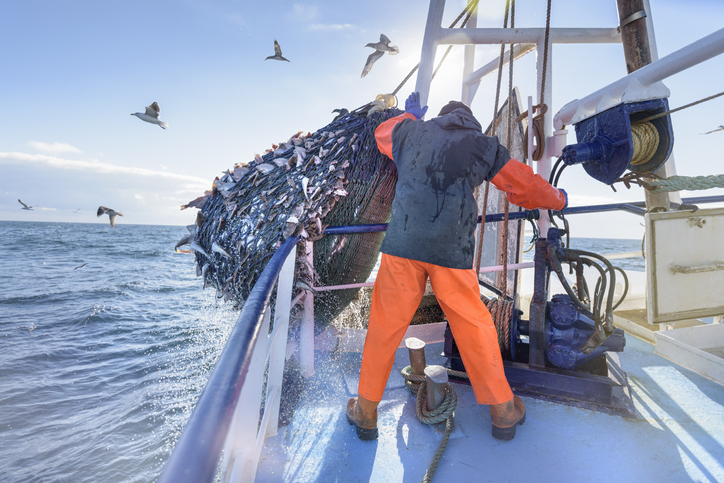
Two hundred and thirty-five of them spent weeks longer than planned at a Christchurch hotel last year after 31 tested positive for the virus, resulting in two health workers also catching it.
In August last year, five fishing companies signed an agreement promising the government they would do more to attract locals to work on their deepsea trawlers.
In return they were allowed to bring in 570 Ukrainians and Russians.
That agreement included 42 measures to attract locals to a life at sea including television ads and encouraging high school students to consider it as a career.
An update supplied to RNZ showed just six had been done, another six hadn't even started and 30 were still in progress.
Sealord is one of the companies which signed up.

"I don't believe that the New Zealand fishing industry will ever be able to cope with 100 per cent New Zealand workers because they're just not there. There's not enough people willing to go to sea in the New Zealand workforce."
Stricter quarantine rules for foreign crew should prevent the outbreaks seen last year, he said.
"When we brought in the second tranche in January of this year, the number of cases dropped significantly. So it was things like rather than, two to a room, they had one to a room."
So when could the industry finally end its dependence on migrant workers?
Figures released to RNZ showed it was more reliant on them than ever just before Covid-19 hit, with 2883 working here in 2019.
Add in an estimated 1240 here on working holidays, and 31 per cent of the workforce in that year came from overseas.
Sanford, which has also signed up to the industry agreement, brought in two to three Koreans every few months.
Its general manager of fishing, Colin Williams, said it too was likely to continue taking on foreign fishers as locals simply didn't want to do these jobs.
He denied its decision to hire fishers as independent contractors, rather than employees, was a turnoff for locals.
"If you look at us as a primary industry like every other one like viticulture, horticulture, they are challenged as well. So we're just part of a pool of people that are trying to get good people to work in a primary industry."
Higher wages being looked at
One of the unfinished steps in the industry's plan to attract locals, was a review of its business model to support "higher participation and remuneration".
But was there already a model being used elsewhere that could help reduce the reliance on foreign workers?
Talleys was one of the few companies that had not signed up to bring them in.
Its HR manager, Nathan Howes, said it had always made a point of having mostly Kiwi crew on its six trawlers and was happy to pay extra to make that a reality.
"Entry level crew can make $70,000 to $80,000 a year and then it was just onwards and upwards from there."
Part of the reason its workers stuck with the company was the amount of paid time off they got.
"You're effectively working only two-thirds of the year. You're getting four months of paid time off every year. It isn't work for everybody, but it can be very, very rewarding.
"I mean I started with the company myself as crew on one of our fishing vessels. We're very big at promoting from within."
All three companies spoken to said a stubbornly tight labour market meant having a 100 per cent local workforce was still a very distant hope.













